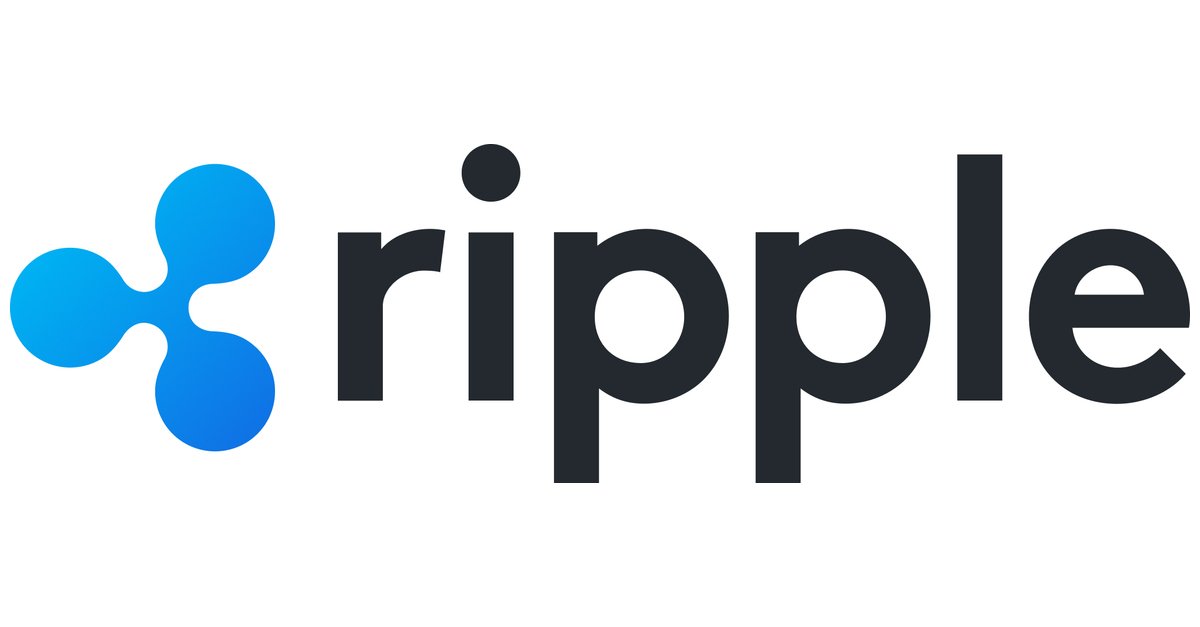There is no shortage of outrageous claims and rumors in the cryptocurrency space. So are the misconceptions which originate at a basic level due to misunderstandings of the assets, their technology, market valuation, and the organizations associated with them. Ripple and its currency also have been subject to misrepresentations; here are some myth busters about it.
Ripple is the Next Bitcoin
This is one of the biggest misconceptions investors have which has been vehemently denied by XRP many times. Ripple was never meant or designed to be similar to Bitcoin. Ripple platform and its cryptocurrency, XRP, are a bridge currency for financial institutions, banks, and payment gateways. The intention of this currency is to make cross-border cheap and fast when compared to the existing networks, as per the Ripple website. An XRP, in a second, can run 1550 transactions at a fee of $0.0000542, and that is impossible with Bitcoin. Also, the XRP ledger mining technology is the opposite of Bitcoin.
Do not Need XRP
There are two products offered by Ripple for cross-border payments; xRapid and xCurrent. However, the most adopted is xCurrent. It is a settlement system that is global and real-time and enables people to make transactions. It enables to make fast payments compared to current market solutions like SWIFT, which takes a few days on average to settle. This is considered enough, but it is not the case. Payment settlements can happen without XRP in a few seconds, but it is cheaper and faster with XRP than with FIAT currencies.
It is Not A Cryptocurrency
Crypto in the word cryptocurrency stands for Cryptography. It is a method used for encryption and to validate and secure transactions. Cryptocurrencies are decentralized networks and are distributed. Hence no individual or organization is controlling the blockchains or the networks.
XRP fulfills all the boxes of cryptocurrencies, and it is an actual cryptocurrency.
Banks Won’t hold XRP as it is Volatile
The issues of volatility arise when the assets are held for extended periods. Ripple has a product for banks and financial institutions called xRapid; banks do not need to hold XRP. Banks use xRapid to settle payments by buying and selling them in the shortest time. An average payment takes only a few minutes, so any volatility does not matter. Additionally, Ripple price is as volatile as other cryptocurrencies and even FIAT currencies. Even in the case of FIAT currencies, banks see fluctuations in exchange rates, so it is too risky for them to enter. Therefore, the main reason to hold XRP is for the exchange service of FIAT and XRP. The scenario is similar to Nostros, where FIAT currencies volatility is managed using derivatives.
There are Hidden Fees in Transactions
Like all other blockchain networks, using the XRP ledger attracts a fee, but the users decide the cost. If you want faster transactions, a higher fee is charged by validators as they prioritize transactions on the fee amount. Unlike the other blockchain validators, they don’t receive the transaction fees; instead, fees are burned. Thus it is a deflationary currency.
More XRP can be Printed
The XRP ledger started in 2013, and since then, 45 million ledgers have been successfully closed. The ledger started with 100 billion XRP, and the software is hardcoded. Currently, there are no code changes being made so that no new XRP will be printed. Since the ledger is decentralized, no single entity can decide on code changes.
The above were some of the misgivings about XRP. So apart from knowing the XRP to INR rate, understand about the cryptocurrency and then make the purchase.

